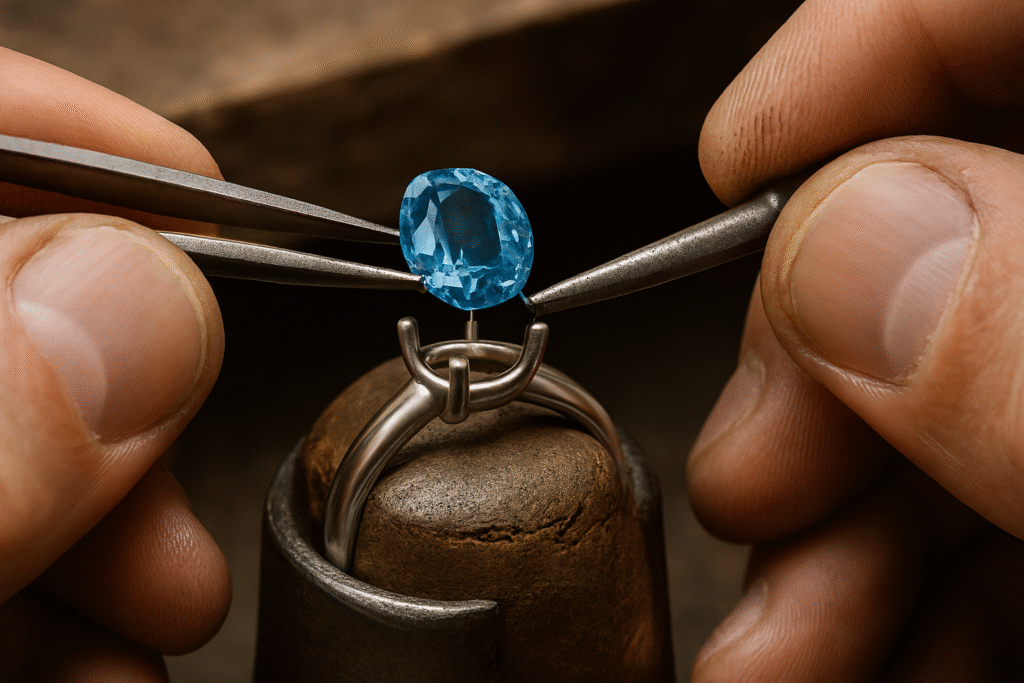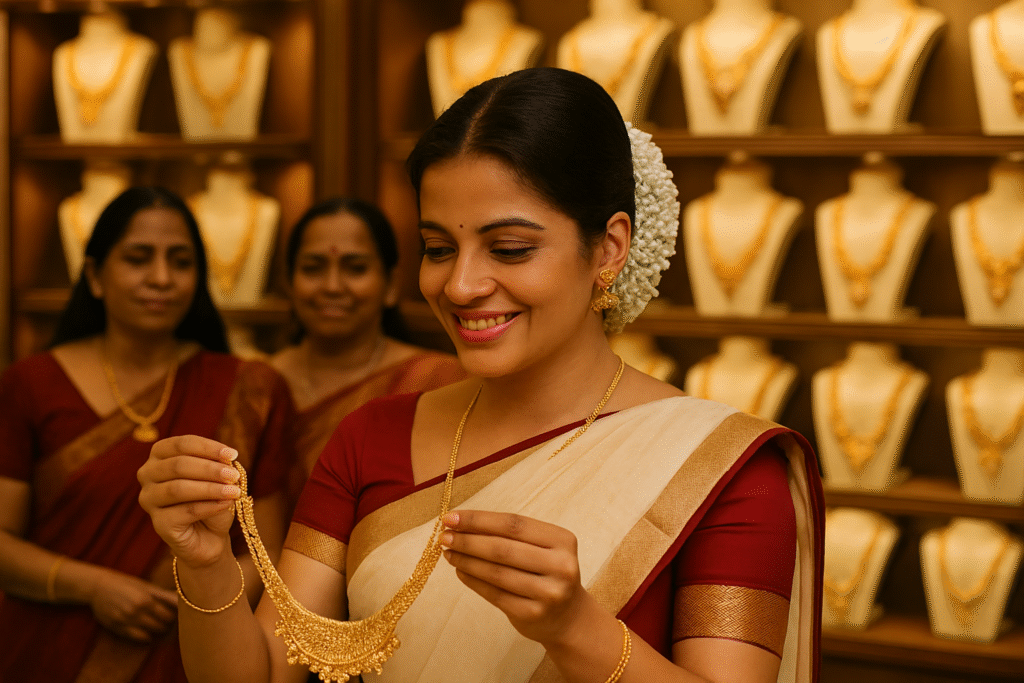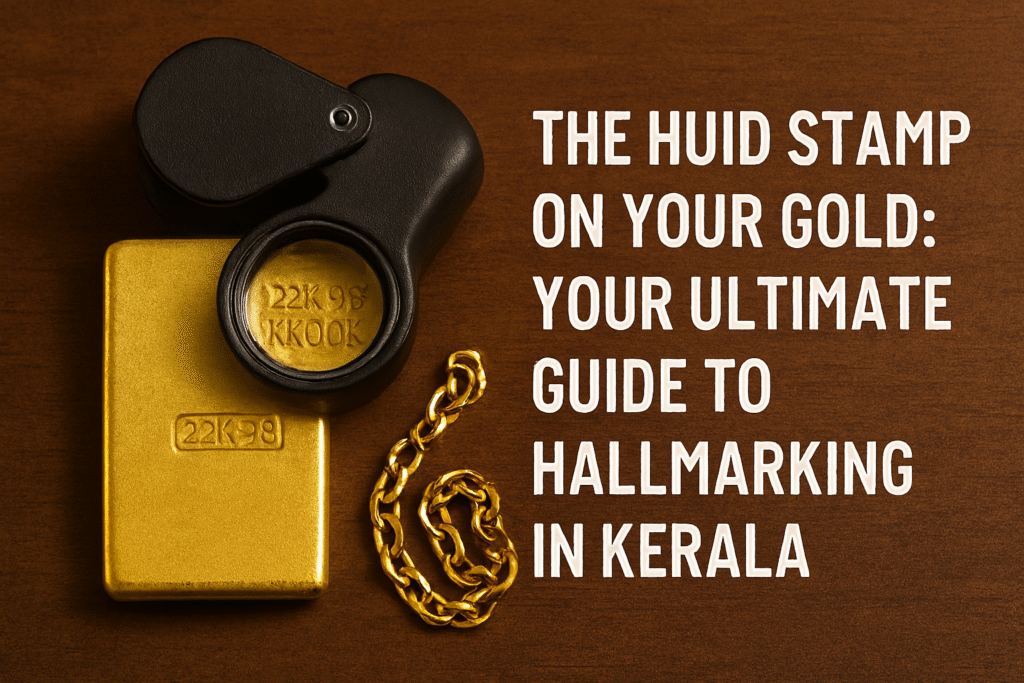Most people only look at the stone.
They forget to inspect the setting — and that’s where big problems hide.
A high-quality gem in a poorly made setting is a bad deal.
It’s not just about appearance. It’s about safety, durability, and long-term value.
What You Might Miss:
- Weak prongs
Thin or uneven claws won’t hold the gem securely.
One bump, and the stone could fall out. - Rough or unfinished edges
Sharp metal near your finger means sloppy work.
It also means discomfort — and higher risk of breakage. - Crooked alignment
The stone should sit level and centered.
Tilted or loose gems suggest careless workmanship. - Overuse of glue
Glue should never replace proper setting.
If you see residue around the stone, walk away. - Poor polish or solder marks
Visible joints, tool scratches, or dull spots lower the piece’s overall value.
Why It Matters:
A good gem needs good support.
Even the finest ruby or emerald means nothing if the setting fails.
Would you frame a rare painting in a broken, plastic frame?
Then why do the same with your gem?
What You Should Do:
- Turn the piece around.
Look from every angle — not just the front. - Ask to examine it under a loupe.
Check the prongs, polish, and back of the setting. - Feel the finish.
Run your fingers along the edges. Sharp? Uneven? That’s a red flag. - Ask who did the setting.
If the seller doesn’t know or won’t say, be cautious. - Compare side by side.
Place two pieces next to each other. You’ll spot the difference in metalwork quickly.
In Jaipur and Other Gem Markets:
Some sellers focus only on the stone.
They cut corners on setting to lower costs — or raise margins.
If you’re shopping in Johari Bazaar or a side street workshop, take time to inspect both the gem and the mount.
A perfect gem in a poor setting is a future repair job — or a loss waiting to happen.



